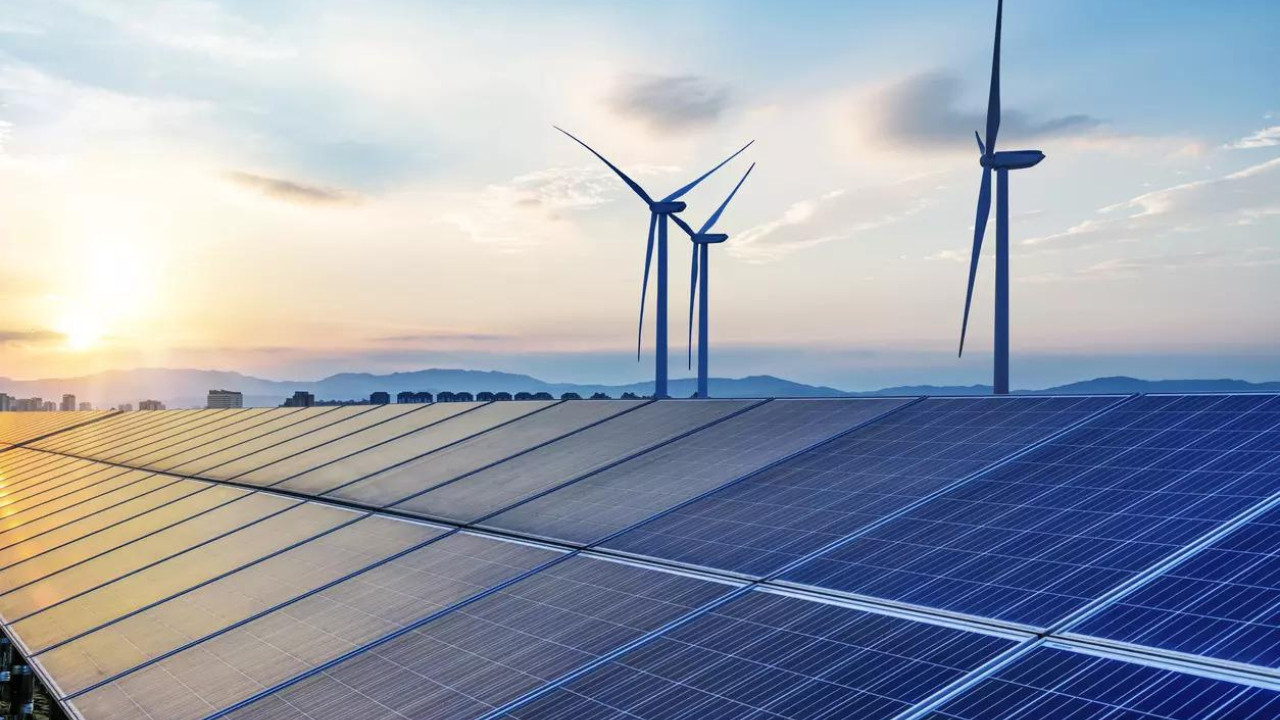India’s FDI inflows experienced a decline of 24.5% in the January-March quarter of 2024-25, totaling $9.34 billion. Despite this quarterly dip, the financial year saw a 13% surge, reaching $50 billion. Singapore emerged as the top investor, while Maharashtra led among states, reflecting India’s ongoing efforts to attract foreign investment through policy reforms.
India’s FDI Story: A Dip, a Bump, and a Whole Lot of Potential
So, India’s been playing the investment game, and the scoreboard’s a bit of a mixed bag, isn’t it? We just got the final tally on foreign direct investment (FDI) for the last fiscal year (FY24-25), and it’s painted a picture that’s both encouraging and a little… well, perplexing.
Let’s break it down. The fourth quarter of FY25 saw a dip in FDI. A noticeable one, actually. The numbers weren’t quite as sparkling as we might have hoped. Think of it like a star athlete having a slightly off day – still good, just not record-breaking. There are plenty of possible culprits: global economic jitters, shifting investment strategies, maybe even just a bit of investor fatigue after a long period of sustained growth. It’s a complex dance, this global investment thing.
Now, before we all start panicking and selling off our metaphorical stocks (or, you know, actual stocks), let’s zoom out and look at the bigger picture. Zoom way out. Because when you do, something really interesting emerges.
Despite that final quarter wobble, India actually managed to pull off a three-year high in annual FDI inflows! That’s right. We’re talking about a significant boost compared to the previous years. Think of it like climbing a mountain: you might stumble on a loose rock here and there, but you’re still steadily making your way to the summit.
What does this tell us? For starters, it screams resilience. Despite the global headwinds – the geopolitical tensions, the inflation battles, the lingering uncertainty – India remains an attractive destination for foreign investors. That says something pretty powerful about the long-term confidence in the Indian economy. It suggests that the core fundamentals – the vast domestic market, the growing middle class, the increasingly skilled workforce, and the ongoing reforms – are still resonating strongly with investors across the globe.
You see, investors aren’t just chasing quick returns; they’re looking for stable, long-term opportunities. And India, despite its imperfections, is increasingly perceived as a place where those opportunities can be found. The government’s efforts to streamline regulations, improve infrastructure, and promote ease of doing business are clearly paying dividends.
But let’s not get too complacent, because complacency is the enemy of progress. That Q4 dip serves as a timely reminder that India can’t afford to rest on its laurels. The competition for foreign investment is fierce, and other emerging markets are also vying for a slice of the pie.
So, what needs to be done? Well, for starters, we need to understand why that Q4 dip happened. Was it sector-specific? Were there particular policy bottlenecks that deterred investment? Digging into the data and identifying the root causes is crucial for crafting effective solutions.
Secondly, India needs to continue its efforts to improve its investment climate. That means further simplifying regulations, reducing bureaucratic hurdles, and ensuring greater transparency. It also means investing heavily in infrastructure – roads, ports, airports, and digital connectivity – to make it easier for businesses to operate and thrive.
And perhaps most importantly, India needs to focus on building a truly skilled workforce. As the global economy becomes increasingly knowledge-based, the ability to attract and retain talent will be a key competitive advantage. Investing in education, vocational training, and skills development programs is essential for ensuring that India has the human capital it needs to compete on the world stage.
Think about it this way: FDI isn’t just about money flowing into the country. It’s about knowledge, technology, and best practices. It’s about creating jobs, boosting productivity, and driving economic growth. It’s about integrating India more deeply into the global economy.
So, while the latest FDI numbers might have a few wrinkles, the overall trajectory remains positive. India has the potential to become a global investment powerhouse, but it needs to continue to build on its strengths and address its weaknesses. The story of India’s FDI is far from over. In fact, the most exciting chapters are yet to be written. And I, for one, am eager to see what happens next. Let’s just hope the next update shows that climber reaching their summit, fueled by smart strategies and a steady, upward climb.
📬 Stay informed — follow us for more insightful updates!







